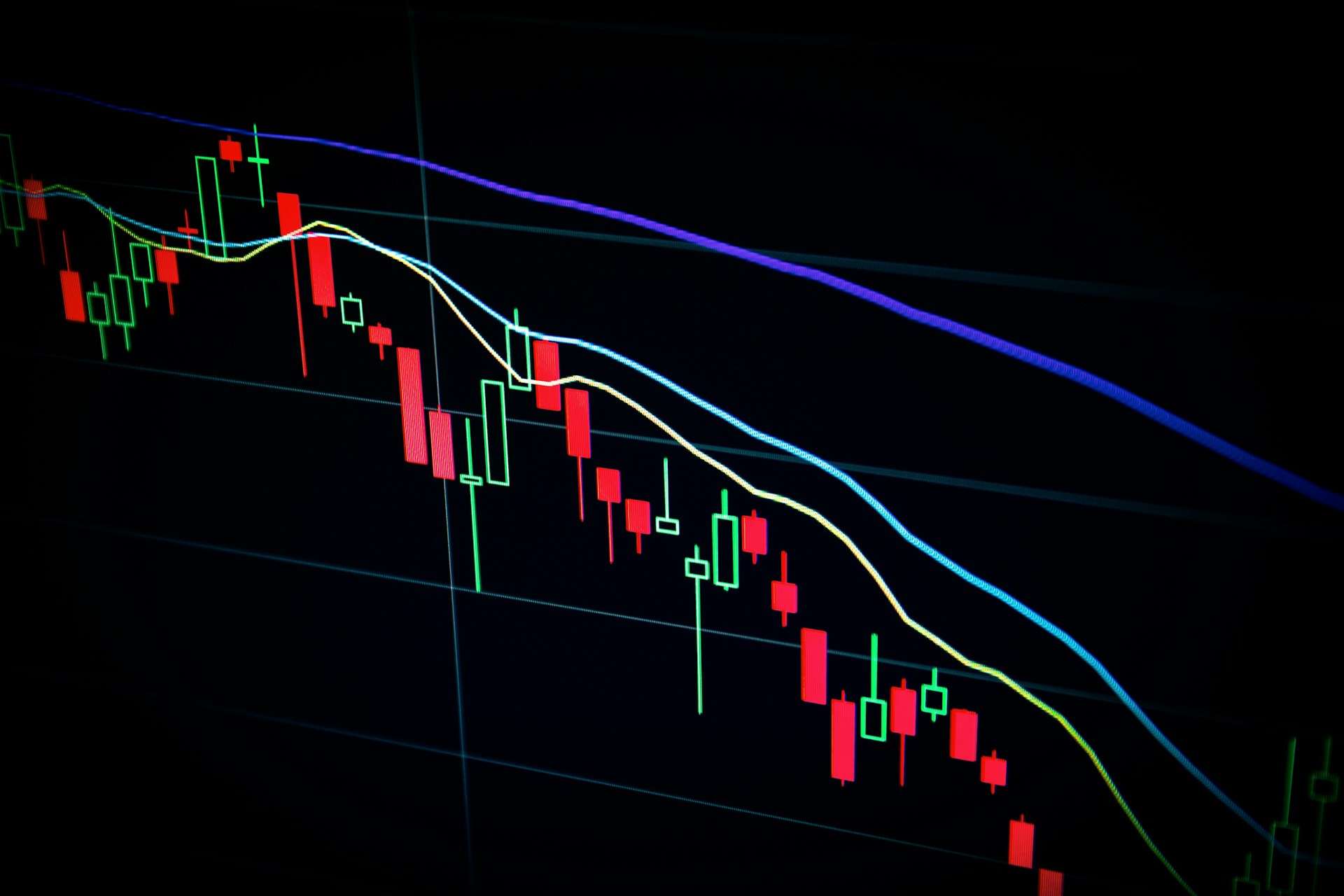What is an ETF?
An ETF (Exchange Traded Fund) is an investment fund that trades on stock exchanges, much like a regular stock. ETFs give investors access to a wide range of assets—including stocks, bonds, commodities, or currencies—through a single trade.
Most ETFs are passive, meaning they aim to replicate the performance of a benchmark index such as the S&P 500 or MSCI World. When you buy shares of a passive ETF, you’re effectively investing in a diversified portfolio that mirrors the index.
However, not all ETFs are passive. Active ETFs are managed by professionals who choose securities with the goal of outperforming the market.

ETFs vs. Mutual Funds
ETFs and mutual funds both provide diversified exposure to baskets of securities. The key difference is how they trade:
• Mutual funds: Priced once per day, trades happen directly with the fund company after the market closes.
• ETFs: Trade on an exchange throughout the day, with prices fluctuating like stocks. Investors buy and sell ETF shares on the secondary market, not directly with the fund.
This intraday trading feature makes ETFs more flexible than mutual funds.
Advantages of ETFs
• Lower costs – ETFs generally have lower management fees than actively managed mutual funds. For example, the SPDR S&P 500 UCITS ETF (SPY5) charges just 0.03% annually.
• Diversification – A single ETF can hold hundreds of securities across industries, countries, or asset classes.
• Transparency – Most ETFs disclose their holdings daily, so investors know exactly what they own.
• Liquidity – Because ETFs trade on exchanges, they can be bought and sold any time markets are open.
• Access – ETFs open the door to markets that individual investors might not otherwise reach, from emerging markets to niche sectors.
Since the launch of the first ETF in 1993 (the SPDR S&P 500 ETF), they’ve grown into one of the most important innovations in modern finance, used by both professional and retail investors worldwide.
Types of ETFs
ETFs come in many forms, each serving different investment objectives:
1. Passive vs. Active ETFs
- Passive: Track an index (e.g., S&P 500).
- Active: Managed by professionals making buy/sell decisions.
2. Bond ETFs
- Provide exposure to government, corporate, or municipal bonds.
- Useful for income generation but trade without a maturity date.
3. Stock & Sector ETFs
- Focus on a group of stocks, either broad-market or sector-specific (e.g., technology, energy).
- Offer targeted exposure while spreading risk across multiple companies.
4. Commodity ETFs
- Invest in physical commodities like gold, oil, or agricultural products.
- Cheaper and simpler than holding physical commodities.
5. Currency ETFs
- Track currency pairs or baskets.
- Can be used for speculation, diversification, or hedging against exchange rate fluctuations.
6. ESG ETFs
- Focus on companies meeting environmental, social, and governance standards.
- Growing in popularity as investors prioritize sustainability.
7. Smart Beta ETFs
- Blend passive and active strategies by weighting securities based on factors like value, momentum, or volatility.
8 Inverse ETFs
- Designed to profit from market declines. Often structured as ETNs (exchange-traded notes).
9. Leveraged ETFs
- Use derivatives to amplify returns (e.g., 2× or 3× the index move).
- Higher potential rewards but also higher risk.
Summation
• ETFs provide a simple way to invest in diversified assets with a single trade.
• Unlike mutual funds, ETFs trade throughout the day at market prices.
• They are typically low-cost, transparent, and flexible, making them attractive to many types of investors.
• A wide variety of ETFs exists, from traditional index trackers to commodities, currencies, and even leveraged or inverse products.
ETFs democratize investing by combining diversification, efficiency, and accessibility—all in one product.



